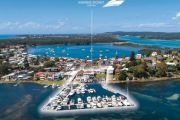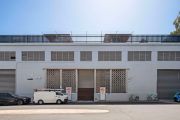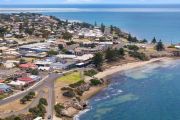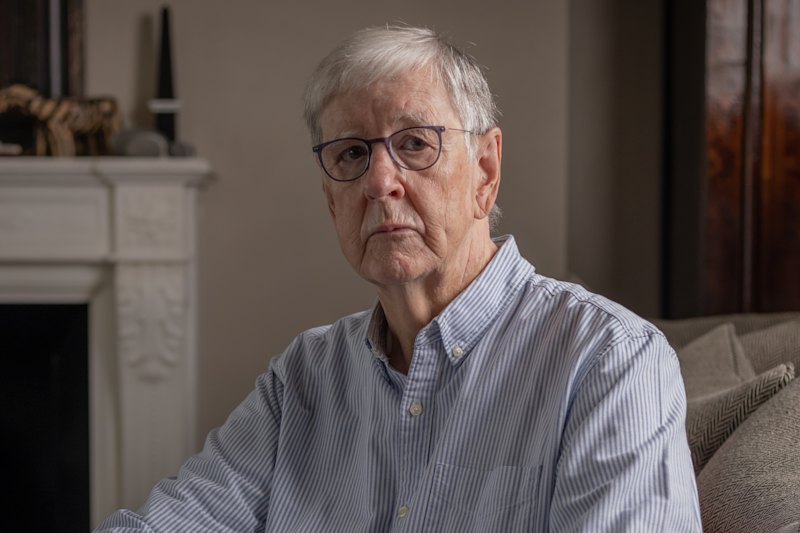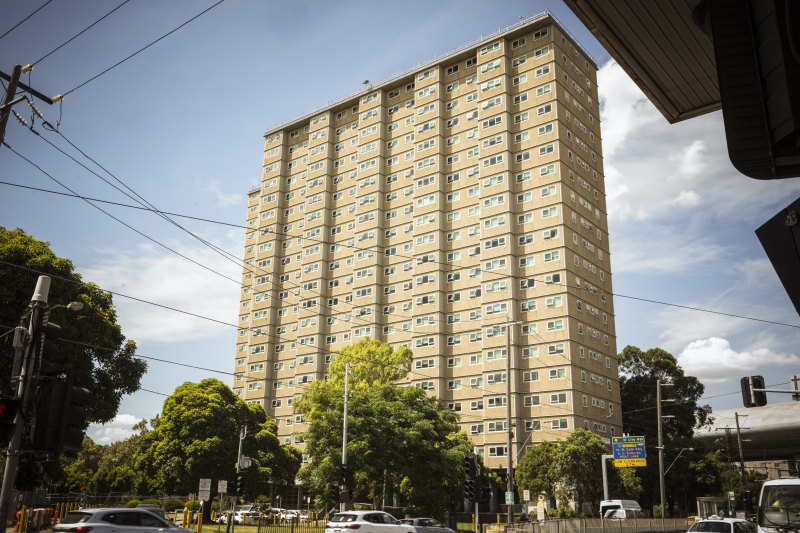
First tender surge for Housing Future funds
The federal government’s first tender for funds from the $10 billion Housing Australia Future Fund drew bids from community housing providers, fund managers and state and territory governments, outstripping the nominal 8000-home quota and prompting calls for a larger allocation of funds.
Bids from the 37 largest community housing providers alone totalled 22,600 homes in projects worth $13.8 billion – more than half of the 40,000 affordable and social homes the combined HAFF and National Housing Accord Facility programs aim to secure over five years, industry group PowerHousing Australia said.

The industry needed to kick off as many homes as possible as quickly as possible given new housing starts fell to a 12-year low in the September quarter and there were 100,000 people in the category of greatest need on the waiting list for social housing, PowerHousing Australia head of economics and research Matt King said.
“We see an opportunity for a major boost to short-term supply of social and affordable housing, and we’re saying front-load and approve as many viable projects at the conclusion of this first funding round as possible,” Mr King told The Australian Financial Review on Monday.
“The risk on the other side is too great to be sticking with arbitrary numbers in the beginning.”
Different projects will have different risk profiles but the returns investors were anticipating from the projects on Monday generally ranged from a 12 per cent internal rate of return on equity investment to senior debt financing to providers at rates currently between 5.7 per cent and 6.4 per cent.
Ryan Slocombe, a principal of financier Tetris Capital, which in January said it planned to bid for “well over 1000” homes, declined to confirm details of his bid or discuss returns, but agreed it made sense for the Housing Australia-managed programs to award more homes.
“They’ll be happy with what they got from us and the market,” Mr Slocombe said. “If they’ve got viable projects that are fair value, we’d love to see them execute those now rather than in the future.”
Trickier for regional operators
The number of applications from government bodies was unclear on Monday, as were the figures from smaller providers or fund management companies.
Housing Australia is unlikely to award all applications received. The federal government agency was likely to award projects based on its own criteria such as regional distribution, size and need and these may not match the bids made to it, a community housing provider source said.
“Some areas are tricky,” the person said. “Regional providers say it’s tricky to find partners. And institutions are keen on metro areas.”
But bidders said that while supply chain concerns and labour shortages would pose a challenge to the development push, they did not create a hurdle that put the planned development of new homes at risk.
“Those issues make things harder but I don’t see them insurmountable, or a reason to pause or hesitate on this stuff,” Mr Slocombe said.
Mr King said the boost of publicly subsidised housing development that would offset weak private sector investment in new housing would affect some trades, but not the whole sector.
“When we’re at decade lows of residential construction, I don’t see securing skilled labour as being an insurmountable problem,” he said.
Housing Australia said it could not comment on the tender process on Monday. Stockland, which said in January it was considering a bid, declined to comment. Frasers Property Australia also declined to comment.
Lendlease said it was working with community housing providers interested in accessing HAFF funding, possibly by providing access to projects, or as a builder, but was not applying for funding itself.
Fund manager IFM Investors said it had supported bids by community housing providers for HAFF funding.
“We believe this collaborative effort can deliver appropriate risk-adjusted returns for members, deliver capital at scale, and help to address housing affordability in Australia,” IFM Investors global head of external relations David Whiteley said.
Industry figures said there was likely to be a second round of funding – if only to ensure new bids for housing needs not met adequately in the first round – but Mr King said some providers could not wait.
“Sometimes finance is contingent on approval in a certain time frame,” he said. “Some projects, if not approved in the first round – that project will not be in the second funding round.”
The $2.9 billion program to develop 40,000 social and affordable homes over the next five years kicked off in January.
It will be subsidised by an annual $500 million from the Housing Australia Future Fund and $70 million from the federal government’s National Housing Accord Facility.

